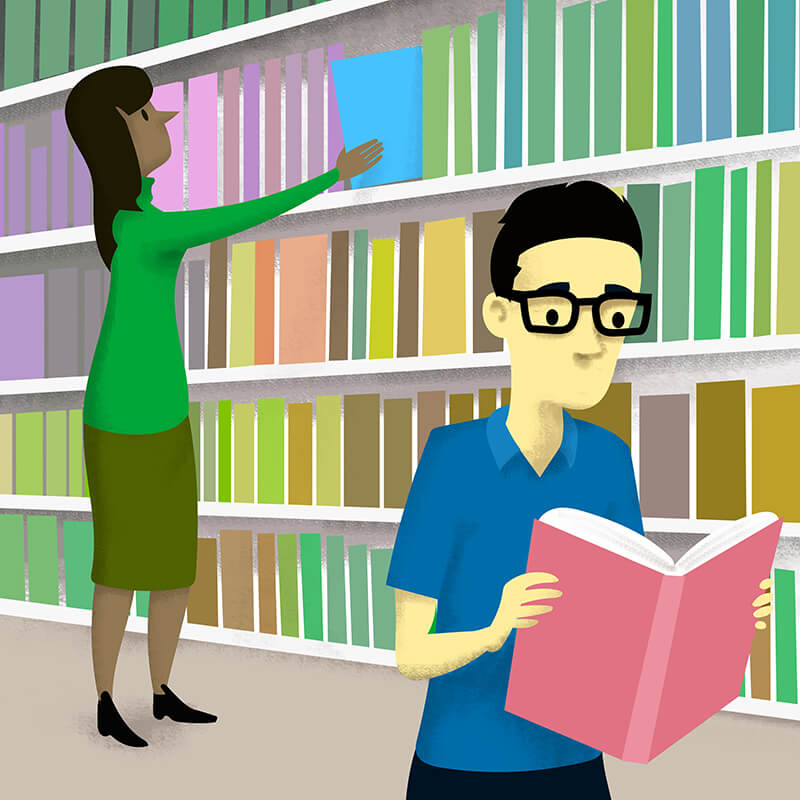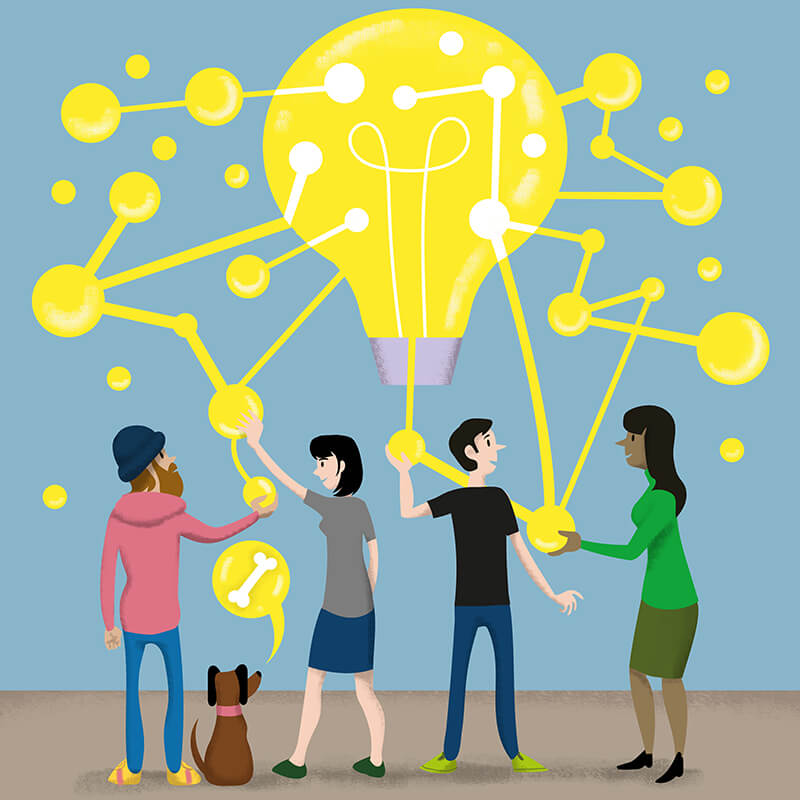Good design can create relevant, engaging and memorable learning experiences. To ensure the learner is at the core, we apply human-centered design thinking in our creation. It’s a process that starts with the people you’re designing for and ends with new solutions that are tailor made to suit their needs. We draw insights from neuroscience and social sciences to design learning experiences that are brain-friendly, “sticky” and impactful.
The only important thing about design is how it relates to people. – Victor Papanek
 Image by Martin Sanchez
Image by Martin Sanchez

Focus on the learning experience.
Build learning experiences that are engaging, relevant and transformative. Put learners in control instead of forcing them down predetermined learning paths. They seek learning that suits their preferences and needs; they decide what they want to learn and how they want to learn.
Well-sequenced learning activities make effective use of what they already know and present information that is contextualised within the real world. The learning then becomes relevant to their lives, jobs and interests and drives behavioural change.


Design for everyday learning
The learning experience should consider the environment and the challenges that our learners are exposed to in their daily life. We must create learning that is focused on the wants and needs of the learner and tightly integrated into their work.
We can do this by providing aids, communities, and services that enable learners to direct and pursue their development goals and learning needs in the workplace. It’s not so much a matter of training people, as of enabling them to learn in a self-directed manner.


Bring brain-friendly learning to life
Neuroscience gives us new insights into how we learn. We have a better understanding of what motivates someone to learn, how memory works, how we construct meaning from content, what the role of stress and self- esteem plays in learning, and so much more.
We bring these insights to life by applying brain-friendly principles to the design and delivery of our learning programmes. One of our favourite brain-friendly learning principles is: facilitate creation not consumption. Let the learners construct meaning for themselves, rather than spoon- 2 feed them information. This drives experience-based and immersive learning.


Cultivate curiosity, curate content
Curiosity causes changes in the brain’s chemistry that help us to more effectively learn and retain new information. When learners are triggered by a new idea or a new situation and compelled to explore further, they are engaged and motivated, and will learn more.
Neuroscience insights tell us that curiosity not only increases motivation to learn, it also improves memory by tapping into the brain’s reward system. Facilitators must thus be curators of content and connections rather than just deliverers of content.



Learn through connections
Most of what we learn comes from engaging in networks where people share knowledge, collaborate and co-create. It is when we detect patterns and make connections between what we already know and what is new, between an abstract concept and its practical application that we truly learn and change.
Nurturing and maintaining these connections is key to facilitating continual learning. The more connections we can encourage learners to make in their personal learning networks, the greater chance we have at fostering learning experiences that will endure.
